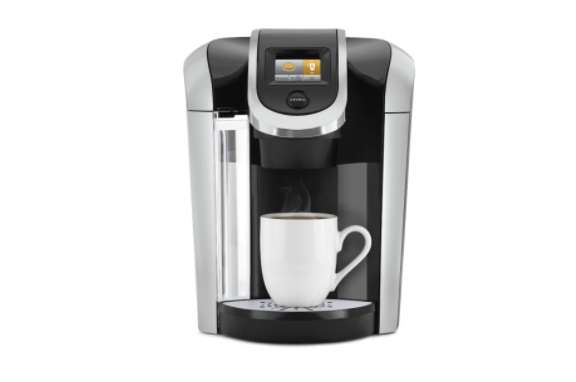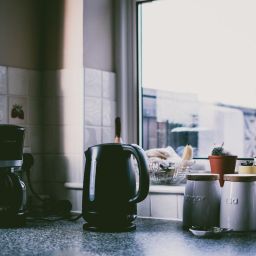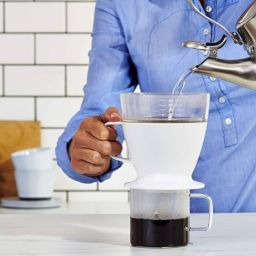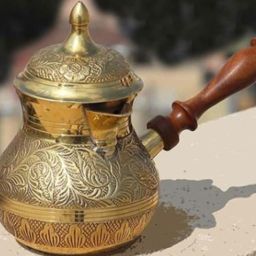
Keurig coffee makers have revolutionized the way we enjoy coffee, blending convenience with variety. Emerging in the late 1990s, these machines quickly became a staple in both offices and homes, known for their ease of use and the wide selection of K-Cup flavors and brands available. Understanding how much power these machines consume is more than just a technical concern—it’s about environmental awareness and managing household energy costs effectively.
Key Takeaways
- Wattage Output: The wattage output for popular Keurig models typically ranges from 1470 to 1500 watts. This is a crucial figure to keep in mind, especially when considering energy use over time.
- Idle Power Consumption: When not brewing, Keurig machines still consume power, albeit much less—comparable to a 60-watt lightbulb. It’s a small but continuous draw that can add up.
- Energy-Saving Features: Many models come equipped with energy-saving features such as auto-off functions, which can significantly reduce power consumption by automatically shutting down the machine when it’s not in use.
- Factors Affecting Power Use: Several factors can influence how much energy your Keurig uses. These include the size of the brew, whether the machine is in standby mode, and the brew time for each cup. Larger cups require more water to be heated, thus using more power. The standby mode, while convenient, also contributes to ongoing energy use, though models with quicker brew times can mitigate this somewhat.
How Many Watts Does A Keurig Coffee Maker Use?
Wondering about the energy consumption of your Keurig coffee maker? You’re not alone! These convenient machines vary in power usage, but understanding their average wattage can help you gauge their impact on your energy bill.
General Overview of Power Consumption
Keurig coffee makers are designed for convenience, but how do they fare in terms of energy consumption? On average, these machines operate within a range of 700 to 1500 watts. That’s a broad spectrum, and where your model lands within it can significantly affect its energy usage.
For instance, the Keurig K-Elite model is on the higher end of the spectrum, using about 1200 watts. On the other hand, the Keurig K-Classic is a bit more modest, consuming around 900 watts. These figures give you a ballpark estimate of what to expect in terms of power consumption, but remember, the actual usage can vary based on how you use the machine.
Keurig Models and Their Wattage
- Keurig Slim: Known for its compact design, the Slim model requires 1470 watts to operate. It’s an excellent option for small spaces without compromising on the quality of your brew.
- Keurig Supreme: This model also uses 1470 watts. Its multi-stream technology ensures your coffee is evenly saturated, giving you a perfect cup every time.
- Keurig Duo: Designed for versatility, the Duo caters to both single-cup and carafe brewing needs, using 1470 watts. It’s ideal for households with varying coffee preferences.
- Keurig Classic: As the name suggests, this is the original design that uses 1500 watts. It combines simplicity with efficiency for a quick and easy coffee-making experience.
- Keurig Café: This model is for those who love more than just plain coffee, using 1470 watts to brew anything from lattes to cappuccinos.
- Keurig Elite: A more customizable option that lets you adjust everything from brew strength to temperature, requiring approximately 1000 watts, which is slightly lower than other models.
Variance in Power Consumption
The variance in power consumption among Keurig models highlights the importance of choosing the right coffee maker for your needs. For instance, the K-Elite’s lower wattage of about 1000 watts can be a more energy-efficient choice for those looking to save on their electricity bills without sacrificing coffee quality.
Energy Efficiency and Saving Tips
To maximize energy efficiency with your Keurig, consider the following tips:
- Utilize Auto-Off Features: Many Keurig models come with an auto-off feature that powers down the machine after a set period of inactivity. This can significantly reduce energy consumption by ensuring the coffee maker isn’t drawing power when not in use.
- Brew in Carafe Size: If you’re serving coffee to a group or know you’ll want multiple cups throughout the day, brewing a full carafe instead of individual servings can save energy. This approach minimizes the number of times the machine needs to heat water.
Factors Influencing Power Consumption
Understanding what affects the power consumption of your Keurig coffee maker can help you make more energy-efficient choices. Let’s look at how brewing size, standby mode, and brew time, as well as voltage, play roles in how much energy your machine uses.
Brewing Size, Standby Mode, and Brew Time
- Brewing Size: The size of your coffee brew directly impacts power usage. Larger cup sizes require more water, which in turn needs more energy to heat. Opting for a smaller cup when you don’t need a large one can save energy.
- Standby Mode: When your Keurig is not brewing but is still on, it’s in standby mode. In this state, it consumes a minimal amount of power to maintain its heat, similar to a 60-watt lightbulb. This passive consumption can add up over time, making the auto-off feature a valuable energy-saving tool.
- Brew Time: Models that heat water faster generally use more power in a shorter period, while slower models spread this consumption over a longer time. Efficient brewing, therefore, depends on finding a balance that suits your coffee needs and energy-saving goals.
Voltage Impact on Power Usage
Voltage is crucial in determining your Keurig’s power consumption. Most Keurig models are designed for the standard 120 volts found in North American homes. However, operating the same machine in a region with a different standard, such as 220-240 volts in Europe, without proper conversion can lead to inefficient use or damage to the machine. It’s important to ensure your Keurig is compatible with your home’s voltage to avoid unnecessary power use or the need for energy-consuming converters.
FAQs
Does brew size affect power consumption?
Absolutely, larger brew sizes mean more water needs to be heated, leading to higher energy use. Choosing the appropriate size for your coffee needs can help manage power consumption efficiently.
How does idle time impact electricity use?
Even when not actively brewing, a Keurig in standby mode consumes a small amount of power, similar to that of a 60-watt lightbulb. This passive energy use, though minimal, can accumulate over time, emphasizing the benefit of auto-off features.
Can I reduce energy consumption?
Yes, you can! Utilizing your Keurig’s energy-saving features, such as the auto-off function, and selecting efficient brew sizes can significantly cut down on power use. Making small adjustments can lead to noticeable savings on energy.
Final Thoughts
Keurig coffee makers offer unmatched convenience and variety in coffee brewing but come with varying degrees of power usage. The model you choose, how often you brew, and the sizes you select all play roles in how much energy your Keurig consumes.
By opting for models equipped with energy-saving features and being mindful of your usage habits, you can enjoy the benefits of your Keurig without unnecessary energy waste. Prioritizing efficiency not only benefits your wallet but also the environment, making each cup of coffee that much more enjoyable.








